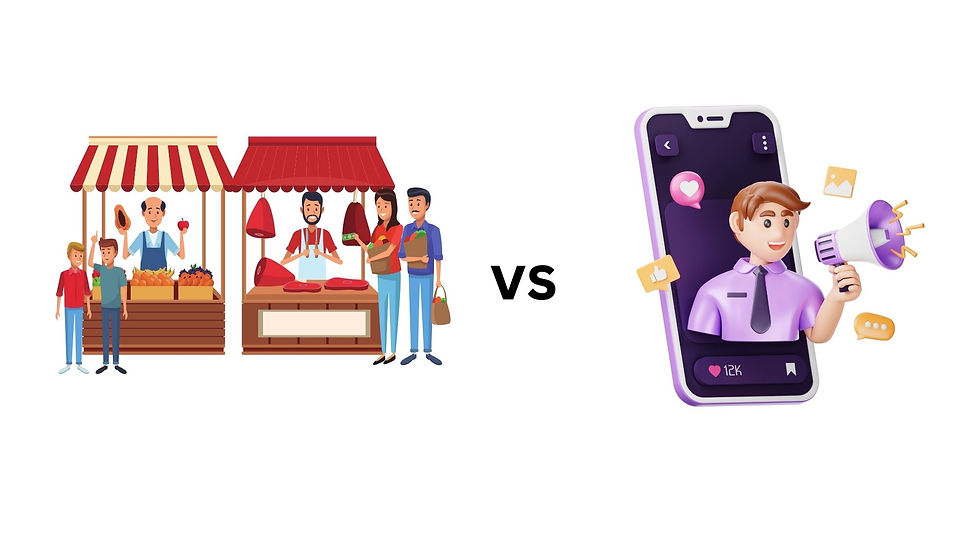Understand Feature Writing vs. News Writing, And What Are Thier Strengths and Weaknesses.
- Juneffer Binti Sabastian Goh
- Jun 6
- 2 min read

When comparing feature writing and news writing, it's important to recognize that both serve essential but distinct purposes in journalism. Each has strengths and weaknesses, depending on the context, intent, and audience.
Strengths of Feature Writing
Connection
Feature writing excels in providing details. Unlike news writing, which prioritizes speed and factual delivery, feature stories dive deep into a subject. They explore the "why" and "how," not just the "what," "where," and "when." This writings allows readers to connect emotionally with the story.
Narrative Style
Feature writing often adopts storytelling techniques—vivid descriptions, character development, and scene setting—which make the content more engaging and memorable. A well-written feature can read like a short story, drawing readers into the lives and experiences of others.
Flexibility and Creativity
Feature writing allows journalists to break from the inverted pyramid structure that governs hard news. Writers can lead with an anecdote, use dialogue, or unfold the story gradually. This creative latitude often results in more compelling content.
Timelessness

Features are often less time-sensitive than news stories. A strong feature can be published days, weeks, or even months after the event and still retain its relevance, especially when it highlights underlying issues, personal journeys, or cultural phenomena.
Weaknesses of Feature Writing
Lack of Urgency
One of the most significant drawbacks of feature writing is that it does not emphasize urgency. In a fast-paced world where readers often want information quickly, features can feel too long or slow to some audiences, especially when immediate facts are needed.
Resource Intensive
Feature writing demands more time, research, and effort. It often involves in-depth interviews, background checks, multiple drafts, and a nuanced understanding of the subject. This can be a challenge in fast-turnaround newsrooms or for freelance writers on tight deadlines.
Potential for Bias

Because of its narrative nature, feature writing can unintentionally veer toward subjectivity. While emotion and personal perspectives add richness, they can blur the line between storytelling and editorializing if not handled carefully.
Limited News Value
Features might lack the immediate public interest that hard news provides. While they offer value in insight and entertainment, they may not attract the same traffic or attention as breaking stories, especially in digital formats where short, punchy content performs best.
Conclusion
Both feature and news writing are vital forms of journalism that serve different roles. News writing provides essential, time-sensitive information that keeps the public informed. On the other hand, feature writing tells the stories behind the headlines—offering depth, context, and human perspective.
The key is understanding when to use each approach and mastering the strengths of both. They create a balanced and powerful media landscape that informs, educates, and inspires.



Comments